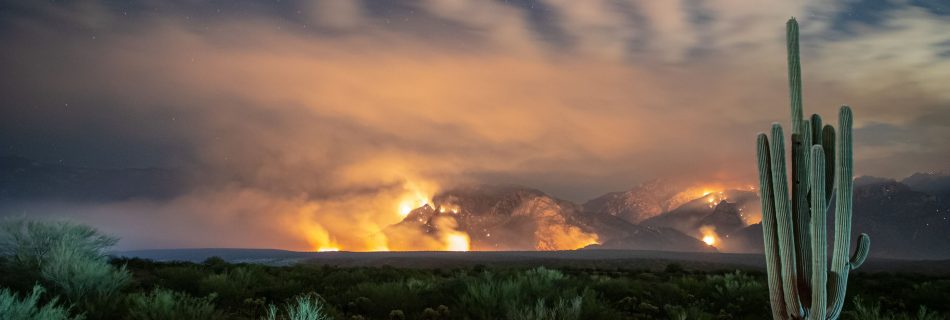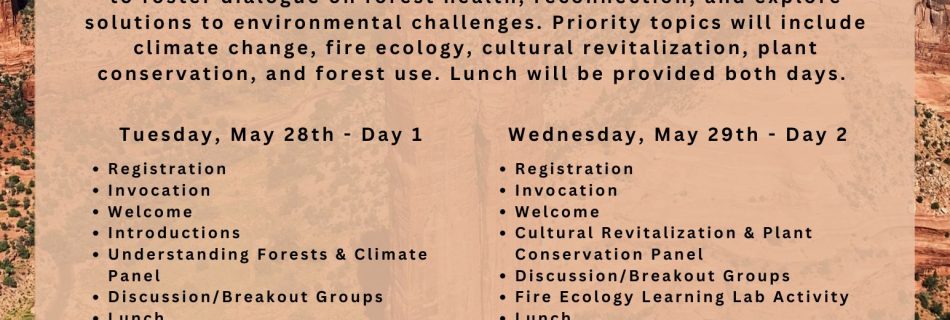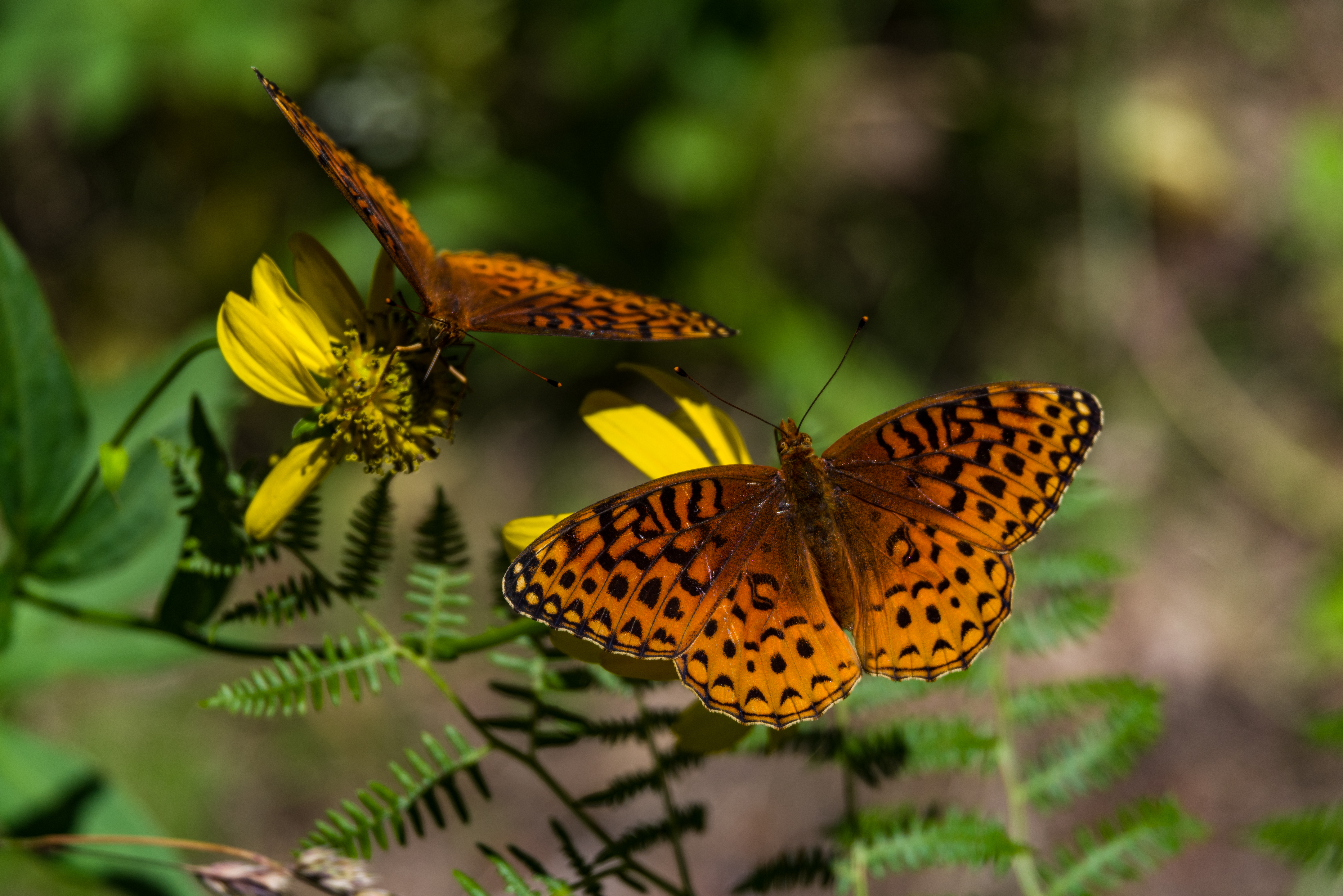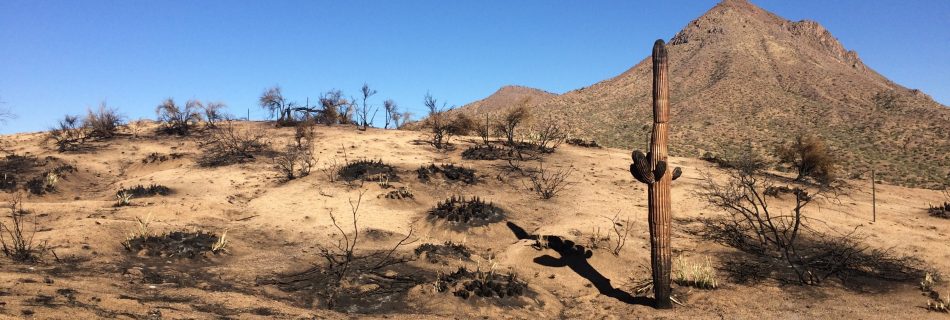Using Wildfire Visualization for Mindful Communication
Visualizations like interactive maps, 3D videos, and virtual reality simulations are becoming popular tools for communicating with public and professional audiences about wildfire behavior and risk. Sharing information as visualizations requires careful consideration of how content might affect those who view it, particularly during and after wildfire events when the likelihood of causing or exacerbating …
Read more “Using Wildfire Visualization for Mindful Communication”









